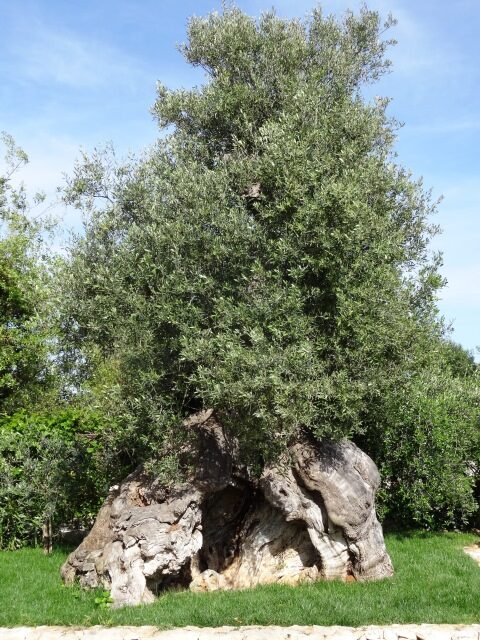Typically, when Dan or I first speak to someone who knows (or finds out) that we’ve just returned from Japan, their first question is:
“Did you love it?”
This is an easy question to answer:
“Yes!”
Surprisingly, the almost universal second question is:
“What did you think of the food?”
The answer to this question is much more complicated. First, from a visual design perspective alone, the food is stunningly beautiful. Beautifully made, beautifully arranged, and beautifully presented.
From a taste perspective, the food is not always as accessible. Much of this, I’m sure, is cultural. The Japanese eat many more kinds of things than Americans do. See, for example, the menu pages below, which were photographed in a restaurant window, notable in part because the names of the offered items were in some cases written in English, and in other cases diagrammed quite clearly.
I, for one, am not much interested in trying grilled tuna larynx or simmered tuna head. This doesn’t mean that they’re not good; it just means that we Americans have a cultural bias away from some of the things that the Japanese have learned to savor. Also, the Japanese appreciate subtleties of taste and texture to which we Americans have largely been unexposed. In other words, when it comes to Japanese food, we Americans have a decidedly uneducated palate. This is no doubt why the question about Japanese food invariably comes up so early in the conversation.
Dan and I had hoped that a trip to Japan might educate our palates as we were exposed to the real thing. Disappointingly, this didn’t quite happen.
On our fourth night in Tokyo, for example, we made a reservation at an elegant Japanese restaurant near our hotel for a kaiseki dinner. This is a formal dinner of many courses made of seasonally fresh ingredients prepared and served in the most time-honored and elegant Japanese tradition. Some care is taken to ensure that the menu is acceptable to the diners, and so, for example, the restaurant made sure that our dinner did not include the meat of any mammals, which Dan and I do not eat. We are shown to a private room, furnished in the Japanese manner with a low table and two chairs. Here is the menu of that dinner:
It looks like a wonderful culinary adventure! Not everything is clear, examining the menu–I mean, for example, “Narrowing morphism boiled conger of chrysanthemum turnip”–but we’re game to try! Here is what the table looks like when we sit down to eat.
Our lovely and gracious waitress removed the tops of the pottery dishes to reveal:
It’s not really clear what all of this is, exactly, but it’s certainly lovely. And we can determine, for example, that the green things are vegetables, almost certainly peppers, and that the light-colored squarish things are almost certainly fish. We’re not sure about the rest of it, but I especially like the <whatever it is> that looks like a turning-color autumn maple leaf. Anyhow, not being able to identify our food by sight turns out not to matter because almost none of it tastes or has the texture we expected from looking at it. Some of it is quite tasty. Some of it is decidedly, er, chewy.
We eat it all, and our waitress, who speaks very little English (but in all fairness more than my Japanese), comes in to reveal the next course by removing the lids of the boxes in front of us.
This is very beautiful, but it’s about at this point that we entirely give up trying to map our meal to our menu or to identify any of it by sight. We set aside the things that don’t appear to be food, and we eat the rest of it. Some of it, we enjoy. Some of it, we are seriously wondering what it is, because we don’t want to mistakenly order it again anytime in the future.
It’s about now that Dan discovers the following mysterious object on our table:
We are beginning to feel a lot like the apes in the beginning of “2001: A Space Odyssey” scratching their heads in wonder as they examine the mysterious black monolith. When our waitress comes in next, we ask her about it. It turns out to be a call button for her. But, alas, the help we need with this dinner goes way beyond what her English can handle. On to the next course and the next!
We eat everything that we can and much more than we should. We are glad for the experience but a little bit uneasy about the dinner we will have the following night. We’ve ordered half-board at the ryokan (inn) where we will be staying, but we can’t believe we’ll ever be hungry again.
To be continued . . .











































































